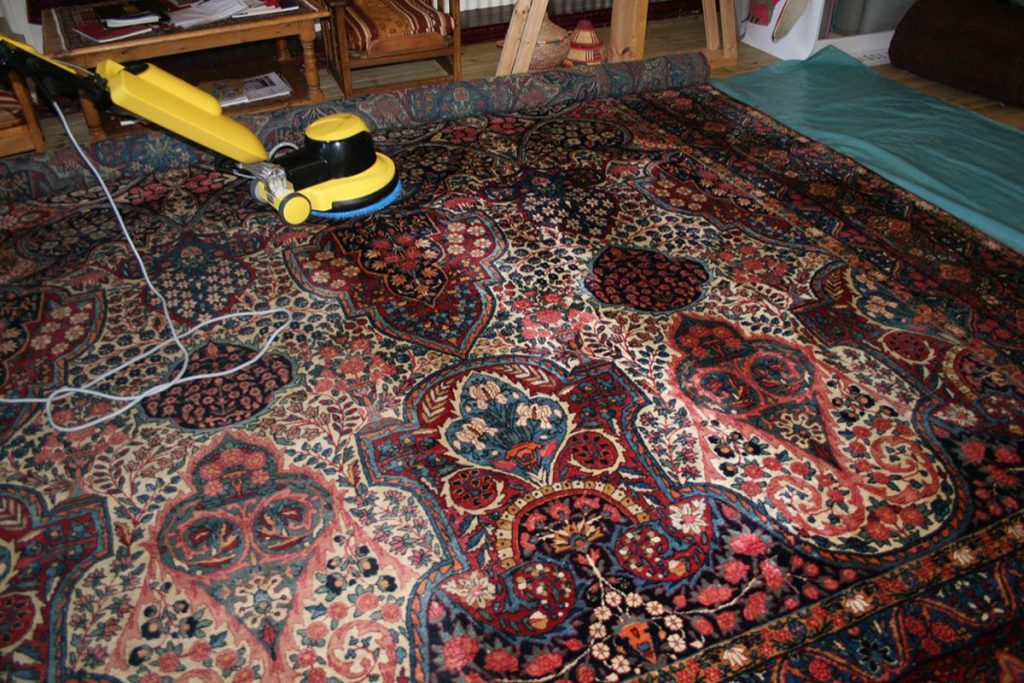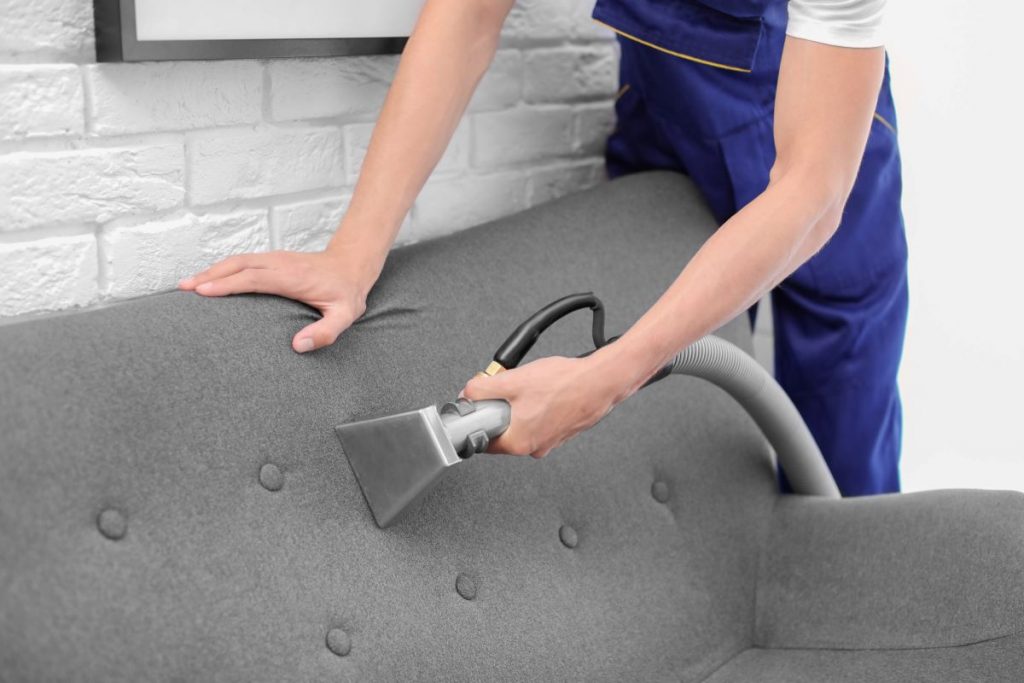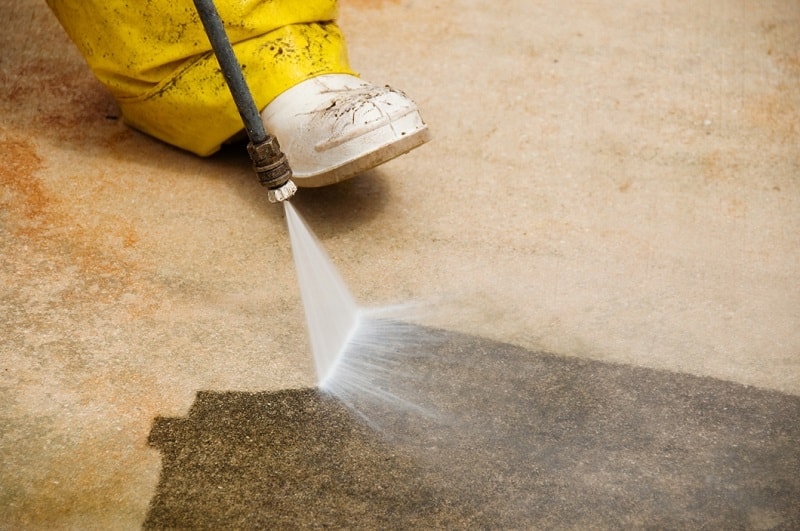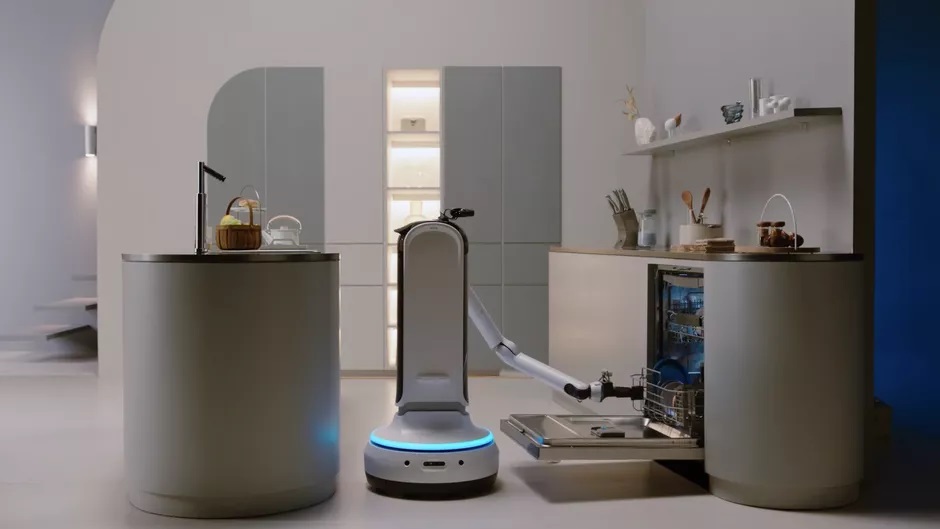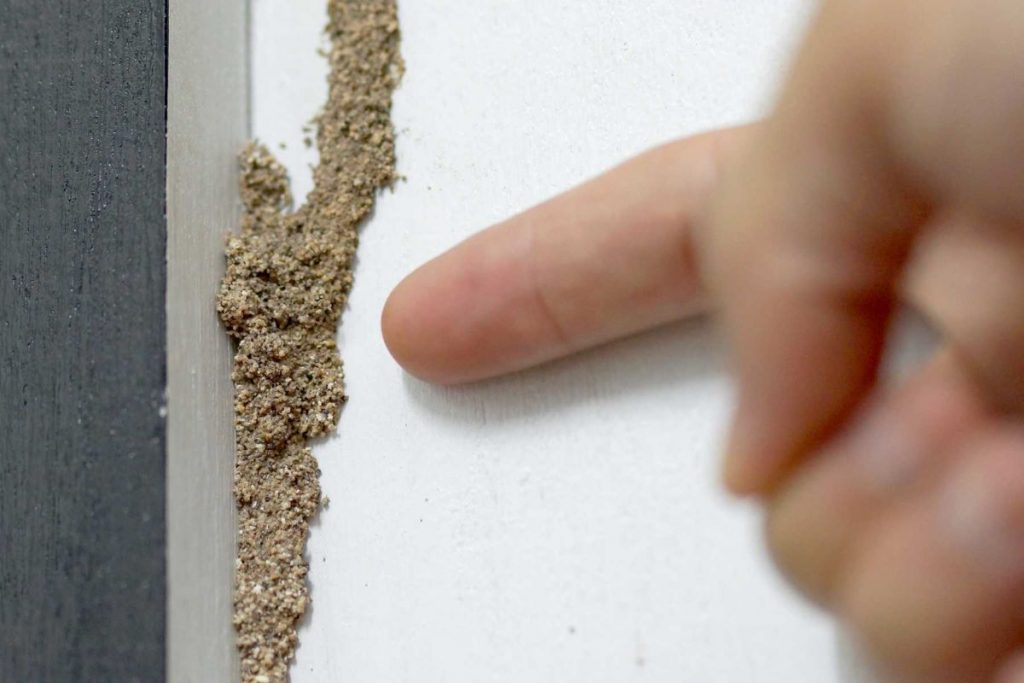Table of Contents
There’s a certain stigma associated with mold growth in homes: many people assume mold grows only in unkempt or dirty homes. However, this is not true. Mold does not discriminate; in fact, every home-and certainly every home with plumbing- is susceptible to mold and its negative effects.
The good news is, by paying close attention to and maintaining proper plumbing in your home, you can prevent mold from developing, and here we’ll tell you how.

Mold: Where it comes from
There are many adverse effects of mold in residential and commercial properties alike. If not treated, mold compromises the structural integrity of a building over time, and it jeopardizes the health of all occupants breathing, sleeping and eating in its presence. Among its health effects:
- Nausea, fatigue
- Suppressed immune system
- Coughing, wheezing, shortness of breath
- Irritated eyes, nose, throat
Similar to seasonal allergies, reactions to mold exposure vary from one person to the next. Your degree of sensitivity will depend on a few different factors, including your age, current state of health and your genetic makeup.
Typically, young children and the elderly are hit hardest by mold allergies, as well as people with an already-weak immune system. Moreover, if you’re asthmatic, it’s possible you’ll find mold triggers and/or worsens your symptoms.
Considering the damage mold does to your home and your health, there’s no better time to start preventing it, is there? Before you can prevent mold though, it’s important you understand where it comes from.
Mold requires the following conditions to grow:
- 1) A food source
- 2) The right temperature
- 3) Moisture
If the relative humidity (RH) indoors is below 30 per cent or above 50 per cent, mold is more likely to develop on porous surfaces or materials (i.e. drywall).
The humidity in your home fluctuates daily. Even regular activities, such as cooking, running the washing machine and showering will increase humidity indoors and, subsequently, the risk of mold. Fortunately, you can work to decrease the RH as well, and ensuring proper plumbing plays a major role in doing so.
Installing an air conditioner; using a dehumidifier; and fixing all leaking or burst pipes are effective ways to reduce humidity indoors.
Air conditioners and mold
Air conditioning your home is a great way to not only cool the air but also to reduce humidity. You have a few options when it comes to air conditioning an indoor space: you can install a portable AC, a window AC or use central AC.
Cooling certain areas of the home with a portable or window AC unit may be the easiest, most practical option. Installing these portable units is not particularly taxing; however, they do require regular maintenance.
Air conditioning units are notorious for retaining water. If you don’t empty the drip pans or clear the drain lines often enough, and standing water develops, mold is more likely to grow-exactly what you’re trying to avoid!
The risk of mold exists with central air conditioning as well: you must ensure the system is perfectly sized for your home, or else the AC won’t work as effectively to reduce humidity. And, despite your efforts, you’ll remain at risk of mold.
Pipes and mold
Every home has plumbing. It’s hardly a home if you cannot run the water, use the stove or control the lights. That said, every homeowner or tenant is susceptible to the common, albeit serious, problem that is black mold.
Wherever there’s a leaking pipe or one that has burst, there’s opportunity for standing water to develop and remain. It makes sense then that the parts of your home with the most plumbing are also the parts most prone to mold-it’s not coincidental.
First, it’s important you get to the root of the problem, which is the source of the moisture, and eliminate it. In some cases it’s not difficult to trace moisture and find its source. Other times, it’s a challenge: when a pipe leaks behind a wall or underneath the floor. The problem then can be seen only with an infrared camera, which most property owners neither carry nor know how to use.
Once you’ve uncovered the moisture and its source, you can fix plumbing problems immediately or soon thereafter, be it with the right tools and skillset or the help of your local plumber. However, what many people overlook is the water damage that remains, following a plumbing error, and its disastrous effects (i.e. mold).
Mold can grow within just 24 to 48 hours after moisture intrusion. It may come as a surprise only a day or two after you fixed the pipe and thought the coast was clear that the fungi has developed where there was water damage.
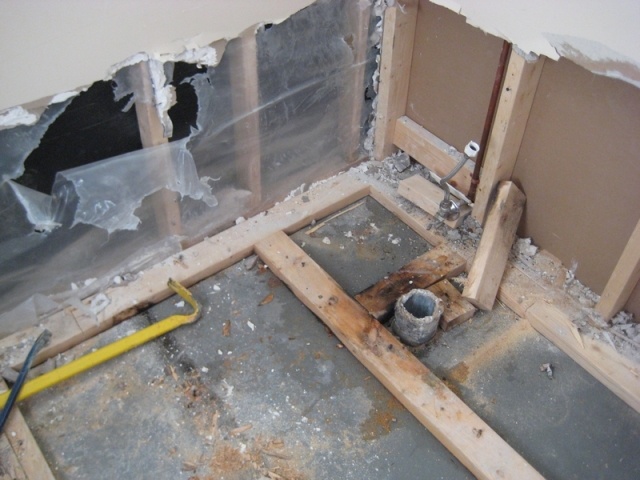
Common spots for mold
Certain spots are more susceptible to mold, whether that is because there are more leaks, increased humidity or generally poor ventilation. These areas include but are not limited to the following:
- Kitchen
- Bathroom
- Attic
- Crawlspace
- Basement
Simply keeping an eye on these areas is not enough; take action to improve the ventilation and prevent the mold. Here’s what you can do:
- Install a dehumidifier
- Crank open the windows
- Use exhaust fans (especially useful in the bathroom and kitchen)
- Ensure exhaust fans & other appliances are vented to the outside
Just as you would with the AC, frequently check and clean the dehumidifier, as it too retains water.
The bottom line: while it’s true that every home is susceptible to mold problems, every homeowner can prevent them. The key is keeping the space sufficiently ventilated and preventing moisture build-up.
Prevent mold with proper plumbing. Crank the AC, install a dehumidifier and fix all faulty pipes. While it requires some effort and time, rest assured that the peace of mind you gain-knowing you and yours are healthy and safe-is surely worth it.

